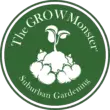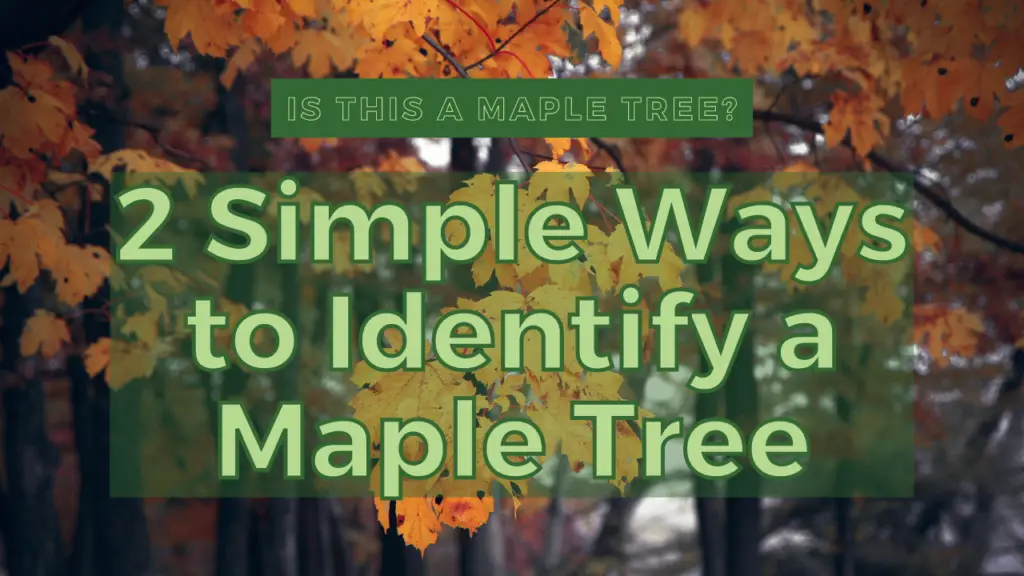The Grow Monster loves maple syrup, maple fudge, and all things maple including the ornamental trees. We have loved Maple to the extent of tapping Maple trees on our property, which was one of the inspirations behind our Make Your Own Maple Syrup in 3 Easy Steps post. The Grow Monster was challenged by friends reviewing the post with the simple question: so, how do I identify a maple tree? If you’re going to want to tap a Maple, you should be able to identify a Maple tree. Read on to see how.
Is this a Maple tree? There are 2 simple ways to identify a maple tree:
- Identify a Maple Tree by its Leaves
- Identify a Maple Tree by its Fruit
Identify a Maple Tree by Its Leaves
You can identify a Maple tree by their leaves with many native species of North America comparing to the unmistakable Sugar Maple (Acer Saccharam) leaf profile as seen on the Canadian flag. If your leaf looks like the one on the Canadian flag, then there is a good chance it is a maple leaf. Sugar Maple (Acer Saccharam) is by far the most popular tree known for maple syrup production. If your leaf does not look like the one on the Canadian flag- do not despair.
Not all maple leaves take on the same iconic profile as the one found on the Canadian flag. Leaves of the Japanese Maple (Acer Plamatum), Box-elder Maple (Acer Negundo), and Mountain Maple (Acer Spicatum) as pictured below do not take on the same profile as the Sugar Maple (Acer Saccharam). These are just examples of the other leaf shapes that a maple tree variety can take on and … wait for it … can be tapped to make syrup.
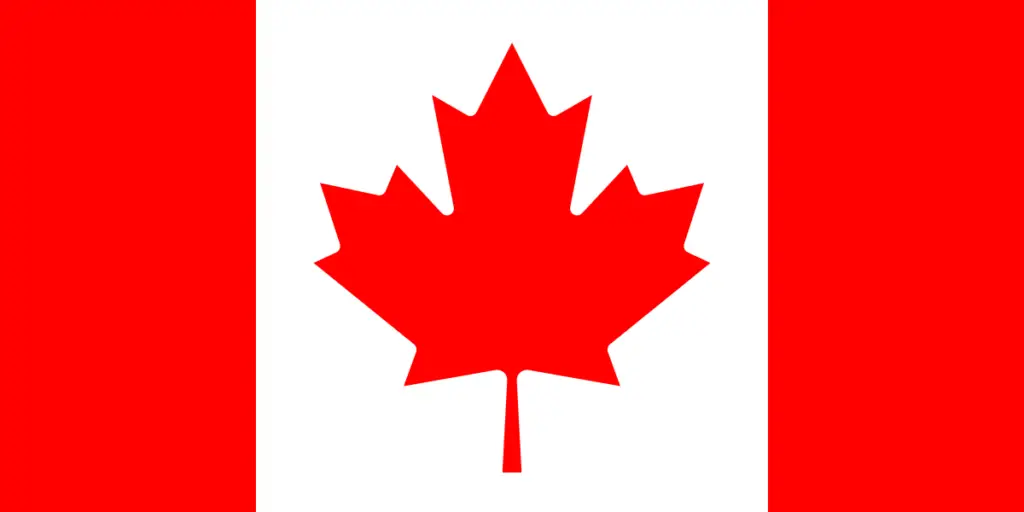 | 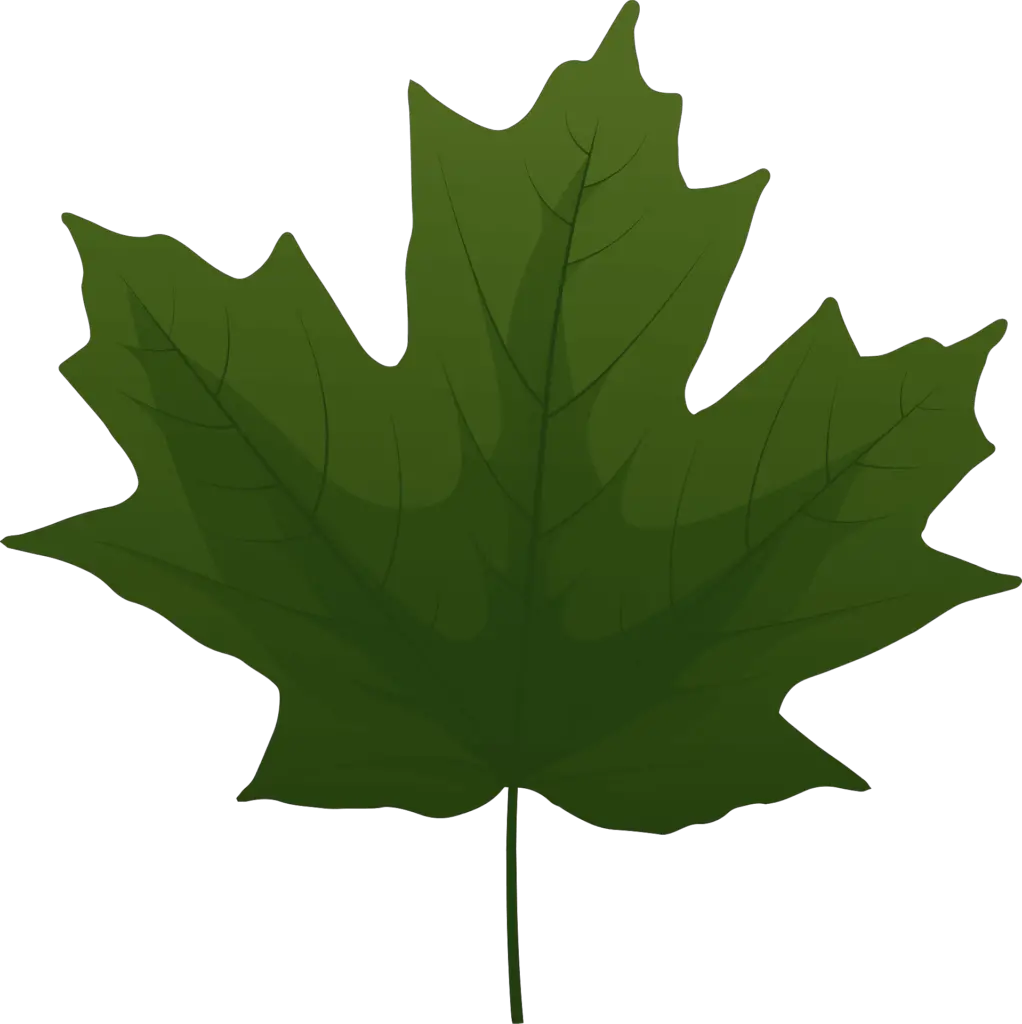 |  | 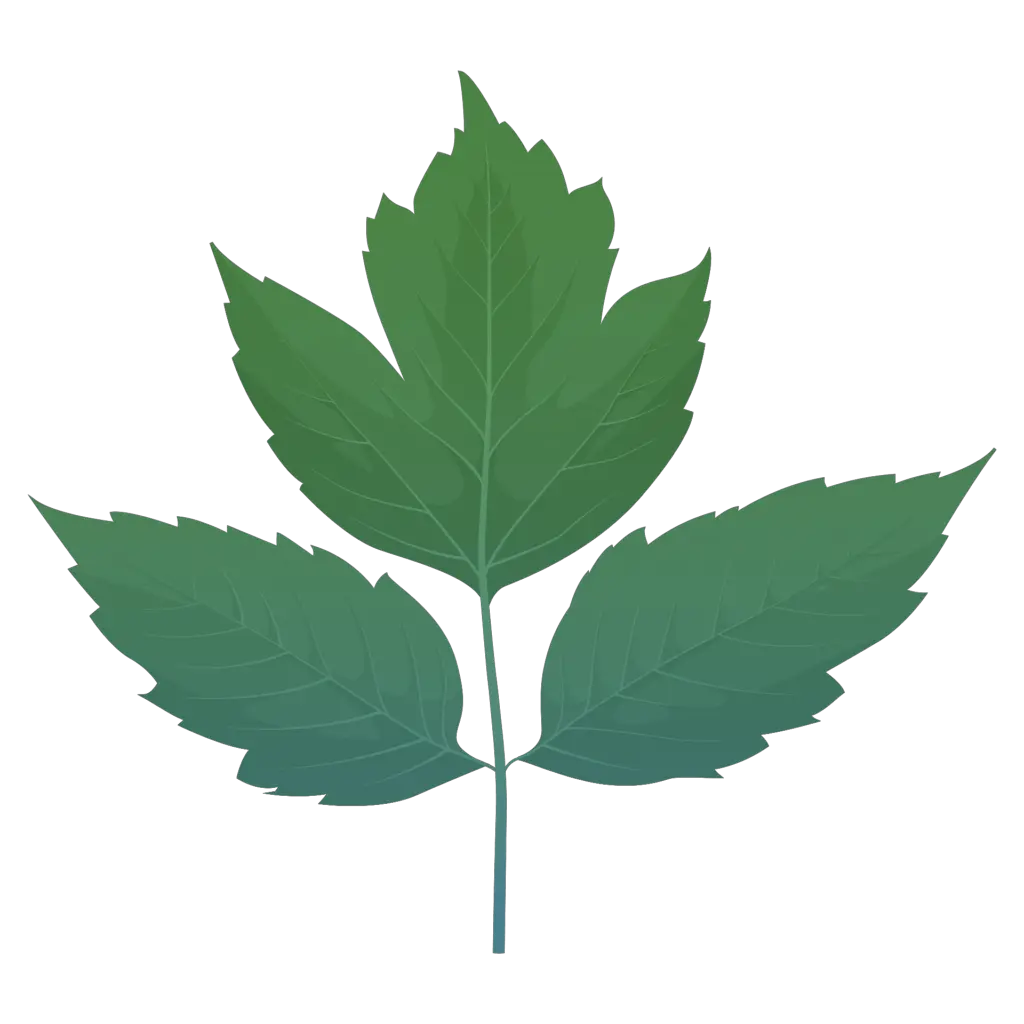 | 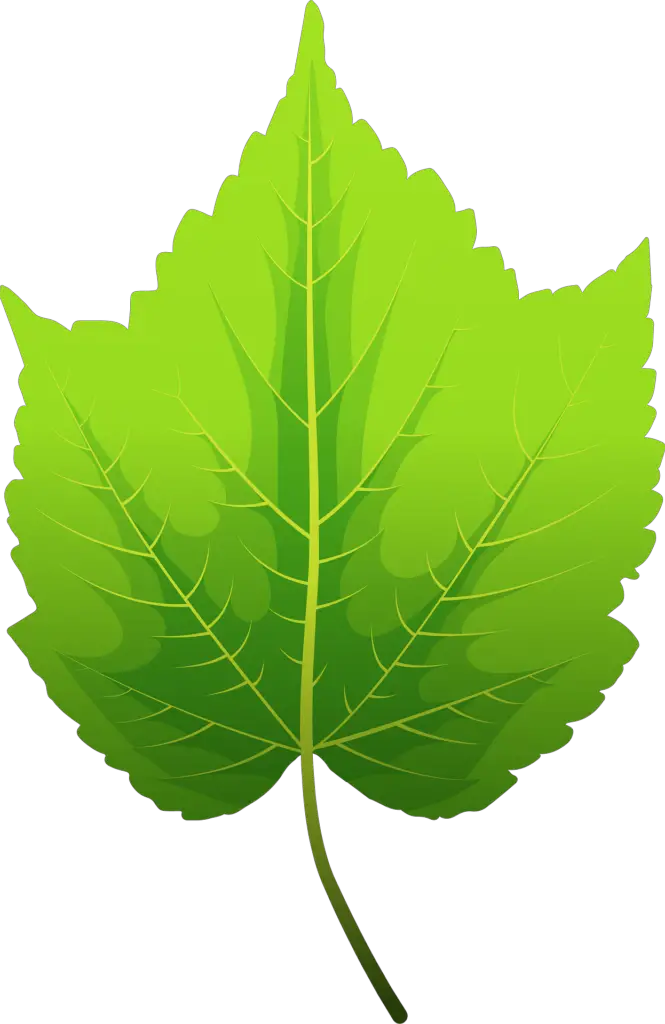 |
| *Flag of Canada | *Sugar Maple (Acer Saccharum) | *Japanese Maple (Acer Plamatum) | *Box-elder Maple (Acer Negundo) | *Mountain Maple (Acer Spicatum) |
There are a few features to look for when studying the maple leaf. Maple leaves are considered a ‘Broadleaf‘ which are flat, thin, and are shed annually. This annual shedding of leaves places those trees into a category called ‘deciduous‘. Most maple leaf varieties in North America are considered simple where one leaf blade is attached to a single petiole (stalk). Maples native to North America have leaves that are palmate where there are 3-5 leaf lobes on a blade that are arranged much like fingers on a hand.
Keep in mind when you are trying to identify a Maple leaf that other varieties of maple such as the Japanese Maple are beautiful ornamental trees that will have 5-9 leaf lobes.
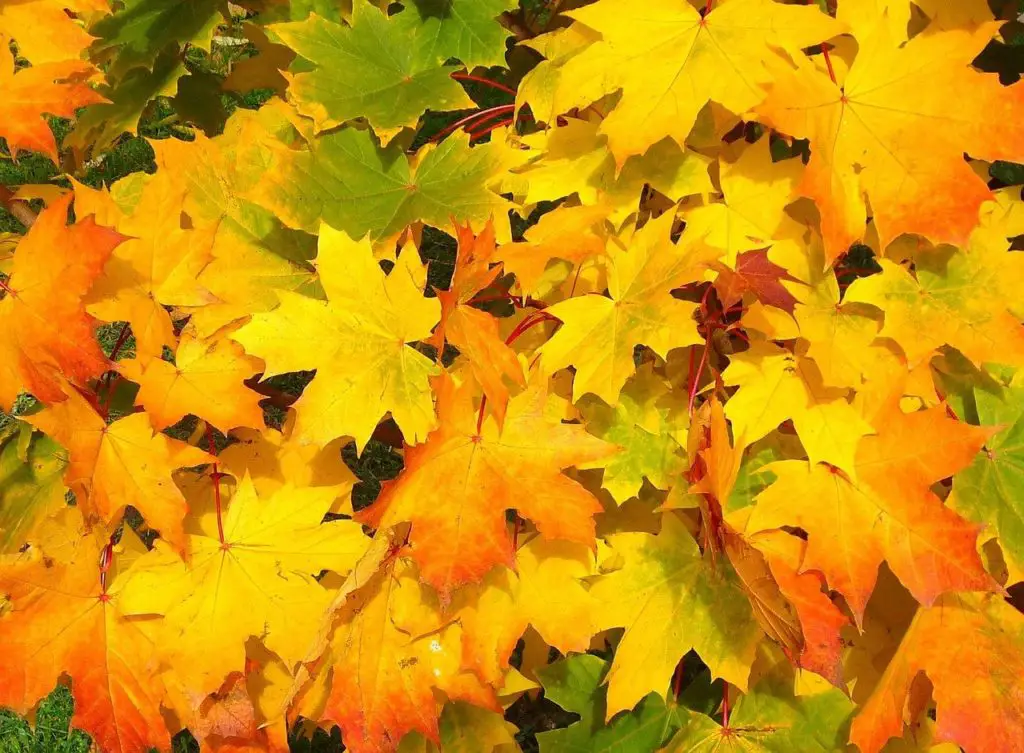
The indentation or valley between lobes are called a sinus and can take the form of a “U” or a “V” in shape. The depths of a sinus will vary between maple varieties. There is also the margin (edge) of the leaf that may be categorized as toothed, or categorized as smooth. These areas will help you identify a Maple tree as opposed to other varieties of trees.
However, there is an exception with the Box-elder (Acer Negundo) variety. This genus has a leaf that is considered to be compound where there is more than one leaf blade attached to a single petiole (stalk). Also, the leaves of the Box-elder maple are pinnate with blades similar to the veins of a feather as well as opposite from one another on the petiole. This leaf would be considered pinnately compound with toothed margins.
While it is easy to identify a Maple tree based on the leaf, there are different varieties of Maple tree. Maple varieties are differentiated between one another based on leaf size, color, the number of lobes, sinus depths, and margin type.
There is one leaf type that looks similar to the Maple leaf and that is the Sycamore leaf. It is still part of the Maple family and can be tapped to make syrup with the difference being that sycamore contains less sugar, therefore you need to collect more sap to make the same amount of syrup as provided by a Maple. We’ll explain another important difference between the Maple and Sycamore fruit in the next section – ‘Identify a Maple Tree by it’s Fruit’.
Identify a Maple Tree by Its Fruit
Maple trees can be identified particularly by the unmistakable, wing-shaped appearance of the fruit seed also known as the ‘samara fruit’. If the seed you are comparing looks anything like the wing-shaped seed below, it most likely came from a Maple tree.
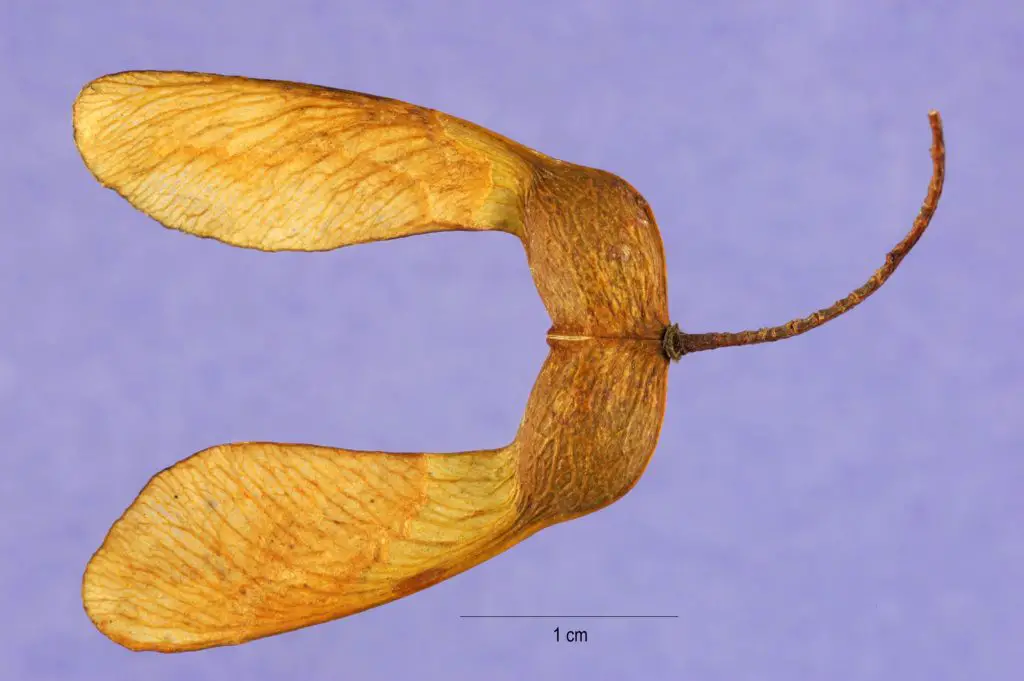
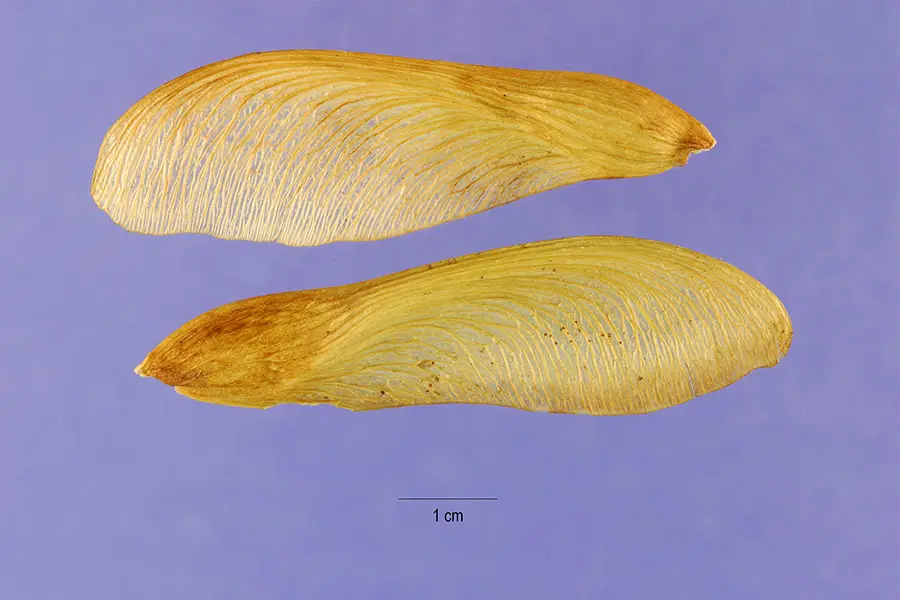
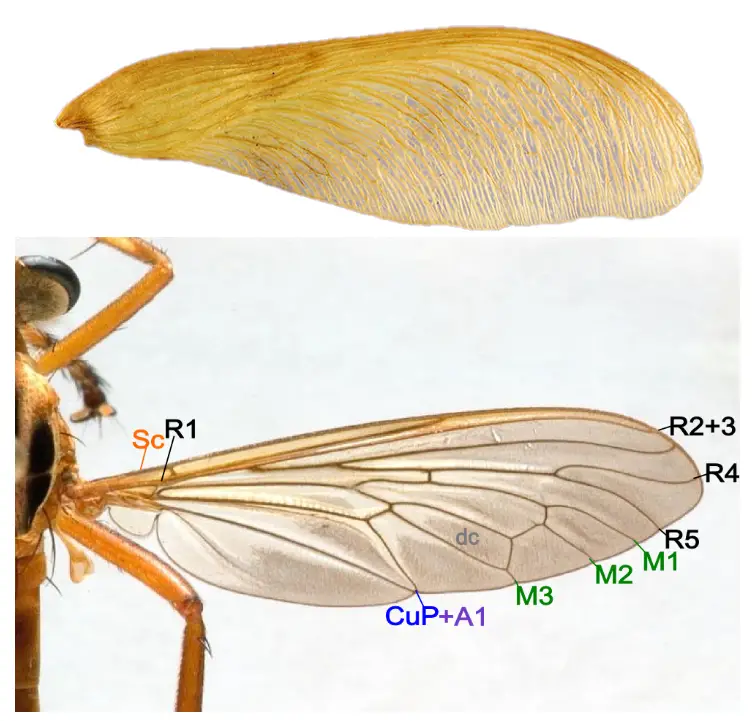
Insect Wing Drawing Credit: Bugboy52.40 via Wikimedia Commons
The maple blossom begins rather small and appears as a cluster of small pom-poms that begin to extend outward as the fruit (samara) begin to develop. With over 125 varieties of Maple tree, blossoms come in many colors: orange, red, green, white, or yellow depending on the variety.
In autumn, what is most notable about Maple seed is that they take on the appearance of a ‘helicopter’ rotor blade as they falls to the ground. This evolutionary design of the maple seed enables the seed to fly farther away from the tree in the hopes of landing on sunny, fertile soil with less competition for sunlight and resources from the parent tree it came from. My kids refer to them as ‘helicopters’ and are fun for them to pick off the ground and throw back into the air for entertainment.
I mentioned earlier that the Sycamore tree has a very similar leaf to the maple tree. What is vastly different with the sycamore is that it’s fruit is larger and takes the shape of a round, hair-like ball. It basically falls straight to the ground. Again, if you are looking for syrup, go ahead and tap it. Because of the lower sugar content in the sap, you will need to collect more sap in order to produce the same amount of syrup.
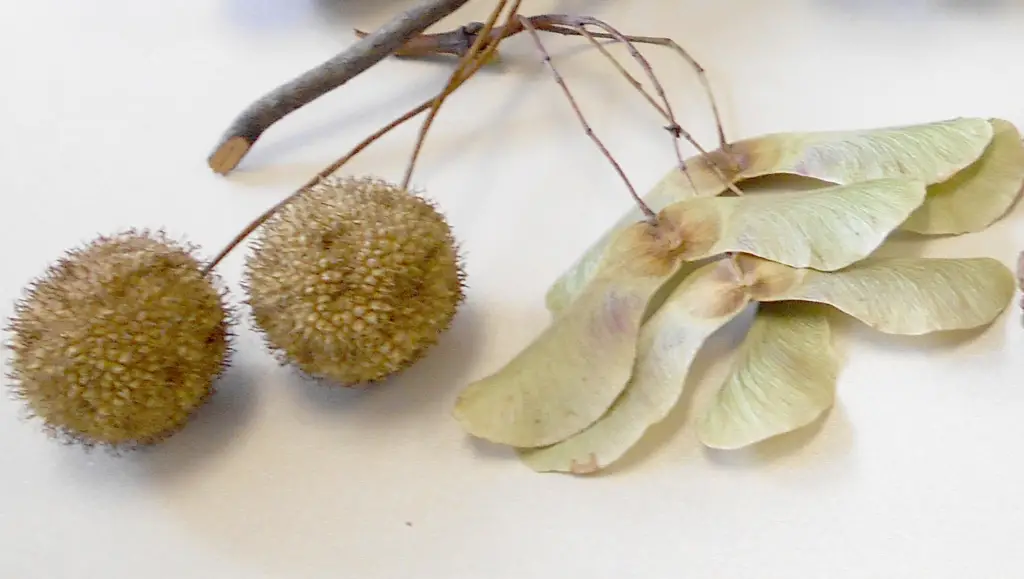
(Original photo has been cropped to show only comparison of Sycamore and Maple)
Final Thoughts
Two surefire ways to identify a Maple tree are by its leaves and its fruit/seed/samara. With over 125 varieties of maple trees in the world (just 13 native species in North America), you now know of some of the variations in the maple leaf to look out for along with that unmistakable wing-like, helicopter rotor-shaped seed. Once you think you’ve identified a maple tree you’d like to tap, feel free to visit our post called ‘Make Your Own Maple Syrup in 3 Easy Steps‘. Believe it or not, maple trees are not the only trees that you can tap to make syrup and those are also listed in the post.
